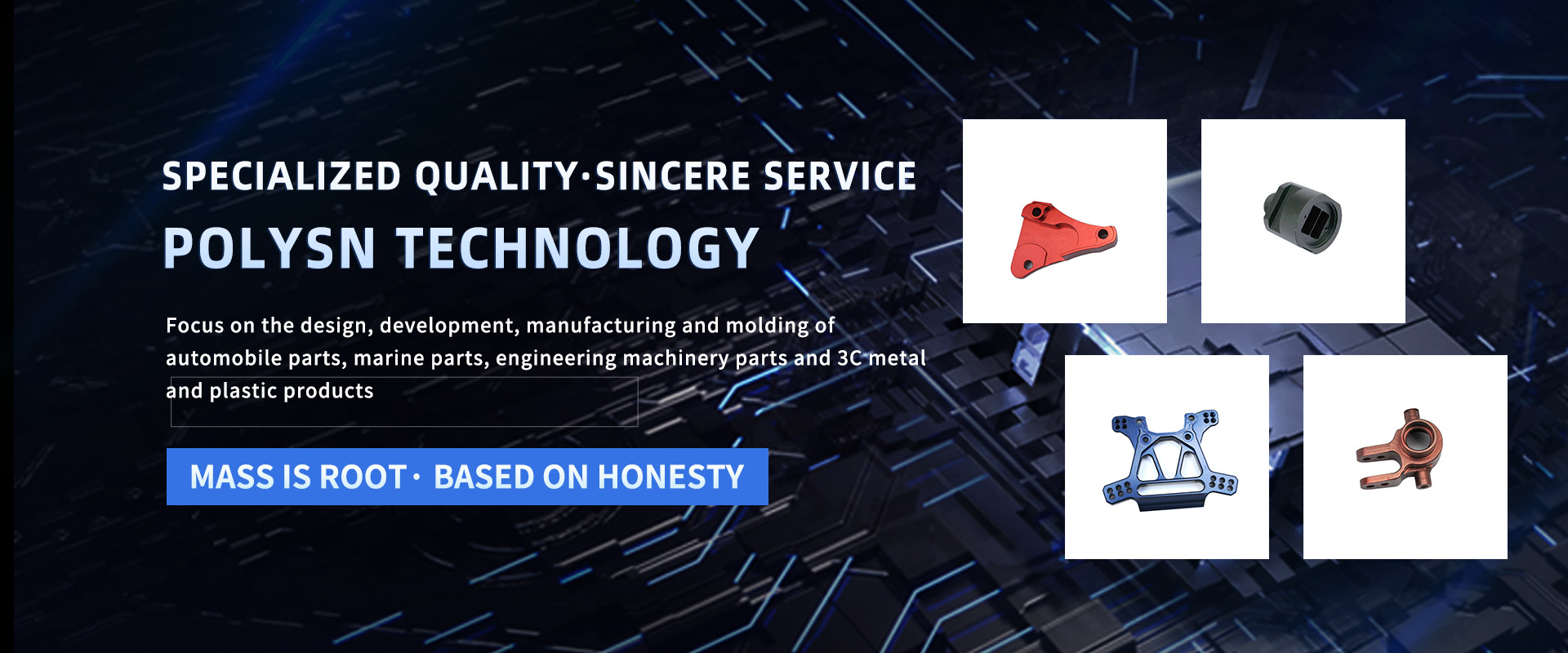Hardware stamping parts are widely used in various industries. According to different products, the dimensional accuracy requirements of hardware stamping parts are also different. Like watches, medical and other precision industries, the dimensional accuracy of hardware stamping parts is higher. So what are the differences between precision metal stamping and ordinary metal stamping and what factors affect the precision?
Ordinary stamping does not require high accuracy of stamping parts, and the thickness of the base material is thicker. It does not need cutting, cutting, drawing and other processes. Ordinary stamping can meet the requirements. Ordinary stamping processing is generally for large hardware stamping, such as stamping bowl, a little bit small does not affect its rice function, can be called ordinary stamping.
Generally speaking, the difference between precision stamping and ordinary stamping is the requirement of stamping equipment and the accuracy of the required stamping parts. If the user requires high accuracy and large amount of stamping parts, you can choose to use precision stamping. On the contrary, if the accuracy of stamping parts is not high, and it is pressed by ordinary sheet metal.
Precision stamping is a kind of material processing method developed on the basis of the ordinary stamping process. It is achieved by improving the guiding accuracy, reducing the gap between the metal stamping die and the die, and realizing the process of precision stamping or the combination of precision stamping and other forming processes.
In the process of processing and production, stamping coil or forming, we must consider the appropriate precision punch, die, material, lubricating oil and other technical support requirements are high. High precision metal stamping in the production process, the mold master needs to have a very thick stamping mold design foundation, understand the material properties and lubrication.
Factors affecting the precision of precision metal stamping parts:
1. Precision metal stamping and blanking sequence is wrong.
2. In the process of precision metal stamping and blanking, the shape of the workpiece in the previous process is inconsistent with the shape of the supporting surface of the working part of the mould in the next process, so that the deformation of the precision stamping parts occurs in the blanking process, thus affecting the dimensional accuracy.
3, precision metal stamping due to the operation of positioning is not good, resulting in the blanking process of blank movement. Or due to the defects of shear parts (prisms, lack of edge, etc.) caused by inaccurate positioning, can cause the size out of tolerance.
4. The raw materials used for precision metal stamping are of poor quality.
5, precision metal stamping die cutting edge size manufacturing out of tolerance
6, precision metal stamping multi-process parts due to the previous process adjustment or fillet wear, destroy the principle of equal volume deformation, caused by the size change after blanking.
7, precision metal stamping stamping plate shape is not good.

